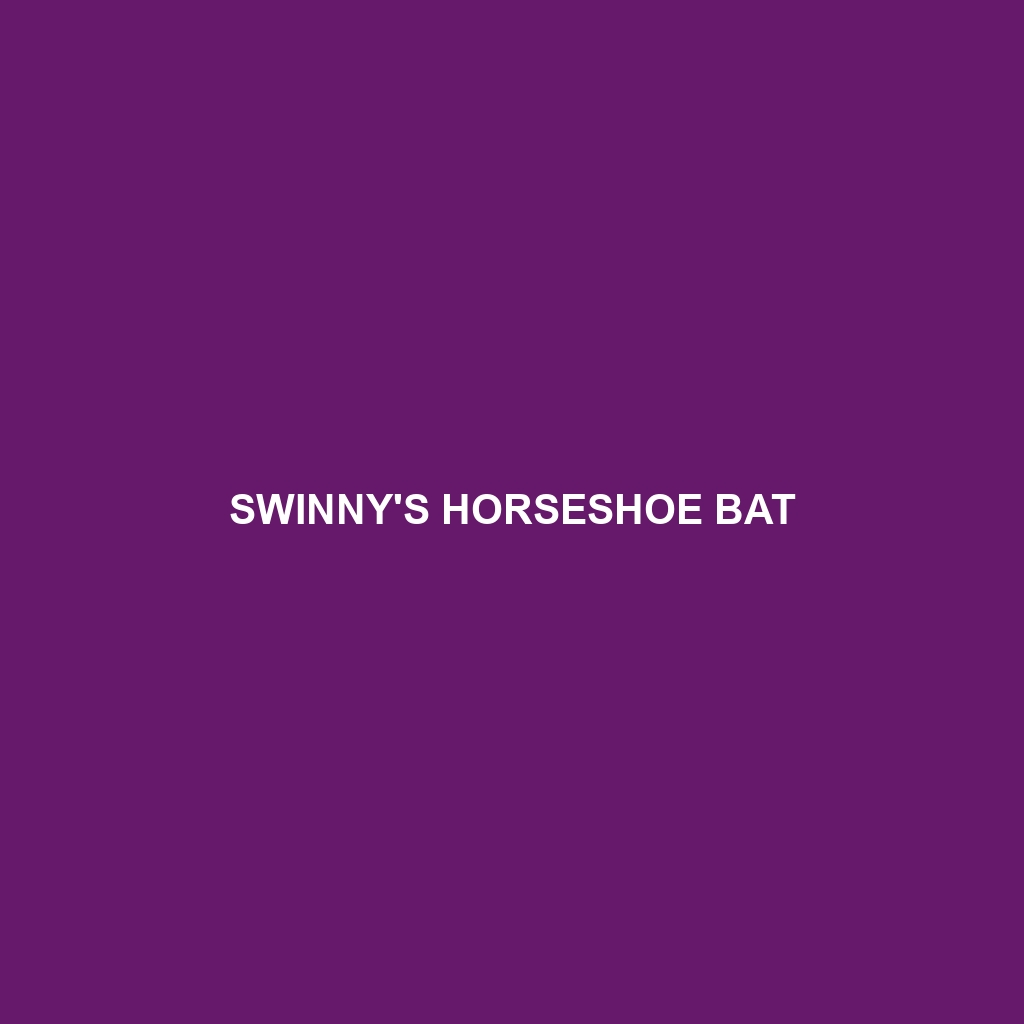Small Rufous Horseshoe Bat ()
Habitat:
The Small Rufous Horseshoe Bat is primarily found in tropical and subtropical regions, particularly in Southeast Asia. Its habitat includes evergreen forests, secondary forests, and agricultural areas, where it prefers locations with ample roosting sites such as caves and old buildings. These bats thrive in humid environments, showcasing their adaptability to varied landscapes.
Physical Characteristics:
This species typically measures between 5.5 to 7 centimeters in body length, with a wingspan of about 25 to 28 centimeters. The Small Rufous Horseshoe Bat is characterized by its rich reddish-brown fur, rounded ears, and distinct horseshoe-shaped noseleaf. These features, including its compact body and long, narrow wings, make it an easily identifiable species among bat enthusiasts.
Behavior:
The Small Rufous Horseshoe Bat is primarily nocturnal, emerging at dusk to forage for insects. It exhibits a fascinating echolocation ability, allowing it to navigate and hunt efficiently in complete darkness. This bat is known for its social behavior, often roosting in colonies, which can number in the hundreds. Their agile flight patterns and swift maneuverability attract researchers and wildlife watchers alike.
Diet:
Feeding primarily on moths, beetles, and other small flying insects, the Small Rufous Horseshoe Bat plays a vital role in controlling insect populations. Its diet is an insightful aspect of its ecological footprint, emphasizing the importance of conserving its foraging habitats, particularly in areas with high insect diversity.
Reproduction:
This species typically breeds once a year, with mating occurring during the fall. Female Small Rufous Horseshoe Bats give birth to a single pup in late spring or early summer, which they nurse until it is capable of flight. Parental care is a significant part of their reproductive behavior, with females often roosting together to protect their young.
Conservation Status:
The Small Rufous Horseshoe Bat is currently classified as vulnerable due to habitat loss and degradation, particularly from deforestation and urban development. Conservation efforts are crucial to ensure the survival of this species, highlighting the need for protective measures in their natural habitats.
Interesting Facts:
Despite their small size, Small Rufous Horseshoe Bats can consume a large number of insects nightly, contributing significantly to pest management in agricultural areas. Additionally, their unique echolocation system allows them to detect prey at distances of up to 20 feet, making them expert hunters in the dark.
Role in Ecosystem:
The Small Rufous Horseshoe Bat is an essential component of its ecosystem, serving as a natural pest control agent that helps maintain insect populations. By preying on nocturnal insects, these bats contribute to agricultural health and biodiversity. Their interactions with other species underline their significance in various ecological relationships.
